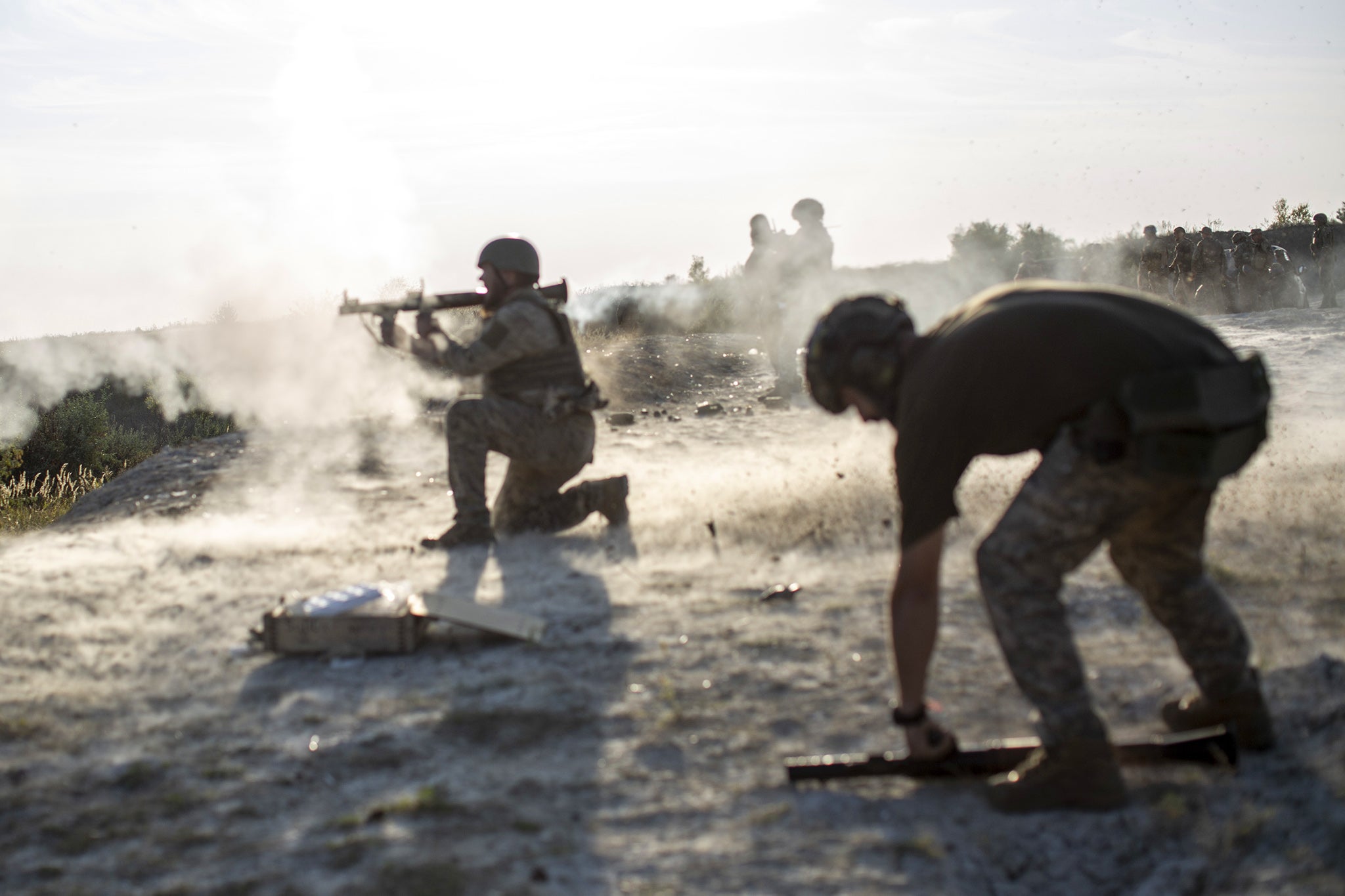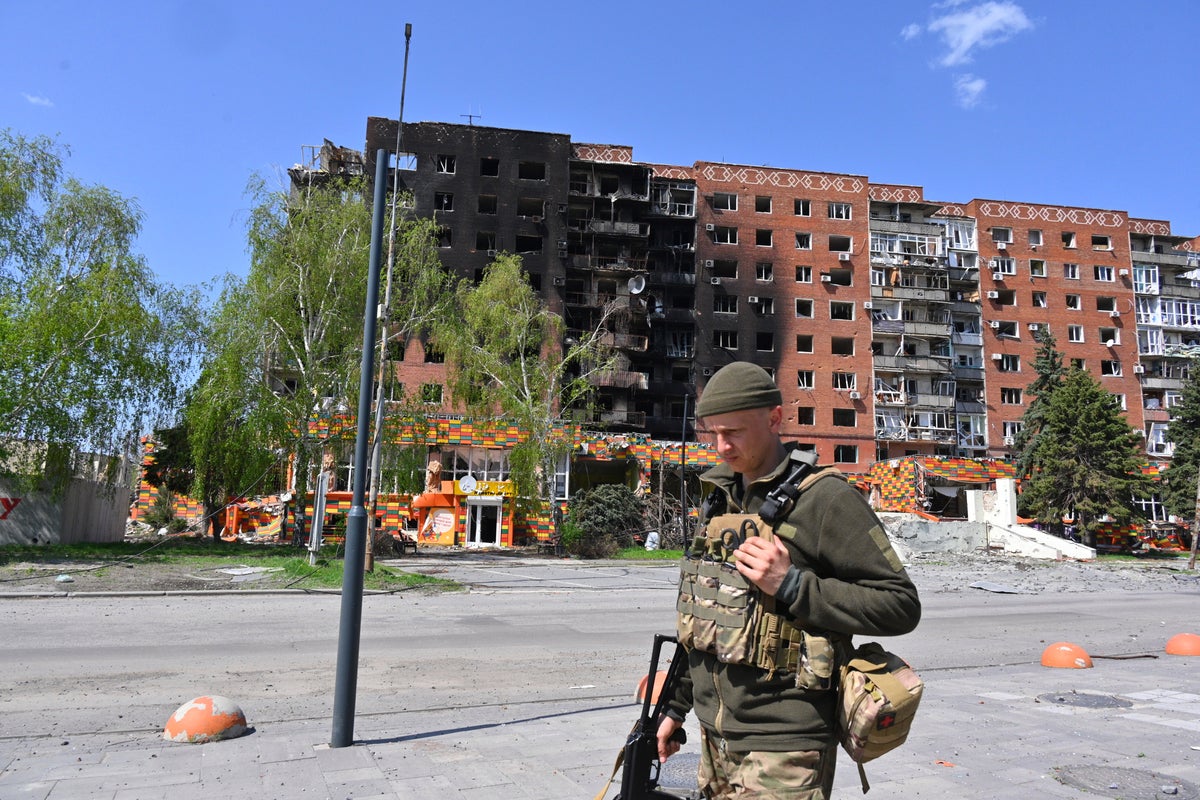The future of Ukraine’s industrial heartland in the east will almost certainly play a key role in talks between Vladimir Putin and Donald Trump as they prepare to meet in Alaska on Friday.
The Russian leader has demanded that Ukrainian forces withdraw from Donetsk as part of any any ceasefire deal, according to Volodymyr Zelensky.
The Ukrainian president has said that Mr Putin wants the remaining 30 per cent of the eastern region, which has seen some of the fiercest battles in the three-and-a-half year long war.
But losing Donetsk would give Russia control of almost all of the Donbas, the collective name for Ukraine’s eastern industrial heartland which has been long coveted by Mr Putin.
Earlier this week, Mr Zelensky vowed Ukraine would “never leave” the Donbas and warned that Mr Putin could use it as a springboard for a future invasion.
As Kyiv fights to keep Donbas from Mr Trump’s so-called “land swap” deal, here’s all you need to know about the region.
Where is the Donbas?
Along Ukraine’s eastern border, Donbas is a portmanteau name from “Donets Basin”, a further abbreviation of “Donets Coal Basin”, in reference to the coal basin along the Donets Ridge and river.
Donbas stretches across the Donetsk and Luhansk Oblasts, two large regions of Ukraine that have formed a significant part of the frontline in Russia’s invasion of Ukraine.
How long has it been occupied?
The Donbas has been partially occupied by Russia since 2014. At around the same time, Mr Putin annexed Crimea, a peninsula which lies just off the south of Ukraine towards the Black Sea.
Russian-backed separatists broke away from the Ukrainian government to proclaim themselves independent “people’s republics” and, as a result, Moscow captured over a third of Ukraine’s eastern territory.
Russia classes the Republic of Crimea, Sevastopol, the Luhansk People’s Republic, the Donetsk People’s Republic, and the regions of Zaporizhzhia and Kherson as subjects of the Russian Federation. Ukraine insists these territories are part of Ukraine.
It is believed around 88 per cent of the Donbas region is under Russian control. This includes almost all of the Luhansk region and 75 per cent of the Donetsk region, according to Reuters.
Approximately 6,600 square km is still controlled by Ukraine, but Russia has been focusing most of its energy along the front in Donetsk, pushing towards the last remaining major cities such as Pokrovsk.

A key strategic region in the war
The hyper-industrialised Donbas economy is dominated by coal mining and metallurgy. The region has one of the largest coal reserves in Ukraine.
When conflict broke out in the area in 2014, Ukraine’s coal mining enterprises saw a 22.4 per cent decline in the production of raw coal from 2013, as reported by Kyiv Post, showing the country’s reliance on Donbas as an energy power house.
But as well as its economic significance, Donbas has been described as a “fortress belt” by The Institute for the Study of War in terms of its strategic value in the war. Donetsk forms the main fortified defensive line across the frontline, stretching through Sloviansk, Kramatorsk, Druzhkivka, and Kostiantynivka.
Elina Beketova, a fellow at the Center for European Policy Analysis (Cepa), said: “Ukraine is holding a key defensive line across Donetsk,” describing a “fortified zone build up over years because the war began 11 years ago.”
She added that Russia hasn’t been able to break through since 2014 and they have lost many people there. The entire region is heavily mined and Ukrainian troops have been preparing it for years.

“It’s not just trenches, it’s a deep, layered defence with bunkers, anti-tank ditches, minefields, and industrial areas built into the terrain. The area includes dominant heights, rivers, and urban zones that make it extremely hard to capture,” Ms Beketova said.
She added that losing this fortified line would have “catastrophic consequences” as it holds back Russia’s advancement into central and western parts of Ukraine.
“The front would shift approximately 80km west, and Russia would gain open ground – flat steppe with no natural barriers – giving them direct paths toward Kharkiv, Poltava, and Dnipro.”
What Zelensky has said about the Donbas
Mr Zelensky has repeatedly rejected calls from Russia to give up the Donbas.
In response to Mr Putin’s request that Ukraine withdraws from eastern Donetsk, he vowed Ukraine would “never leave” the Donbas and warned that Mr Putin’s troops could use it as a springboard for a future invasion.
“We will not leave Donbas. We cannot do this. Everyone forgets the first part – our territories are illegally occupied. Donbas for the Russians is a springboard for a future new offensive,” he said.




